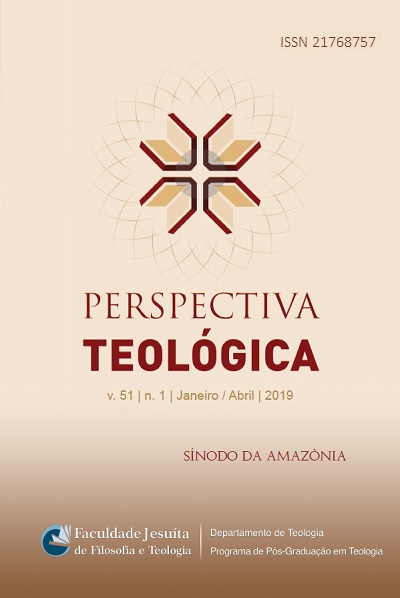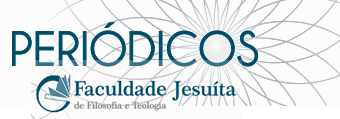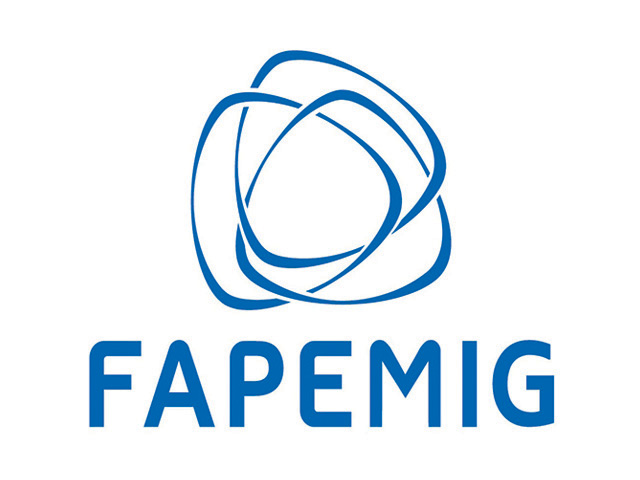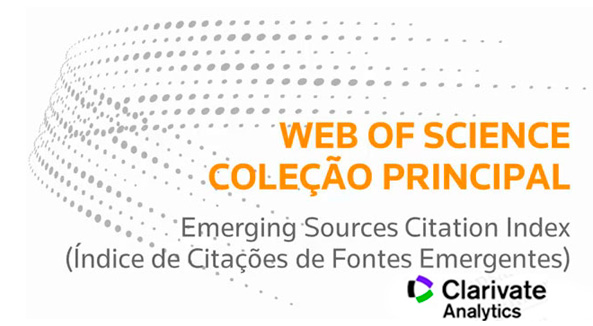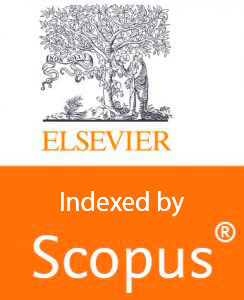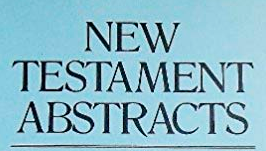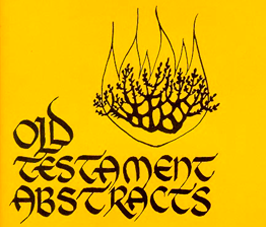THE MEDELLIN CONFERENCE AND ITS RECEPTION OF THE SECOND VATICAN COUNCIL
DOI:
https://doi.org/10.20911/21768757v51n1p115/2019Abstract
This study is based on the concept of “reception”, how a MagisÂterium text is received by the sensus fidelium. Vatican II, inspired by Pope John XXIII, developed a new style of conciliar text, and introduced a new method in the Gaudium et spes Constitution, an inductive method of doing theology based on “signs of the times”. Hence, the question of how the Medellin Episcopal ConferÂence “received” Vatican II. There are four characteristics: the inductive method of doing theology, the relying on Latin American signs of the times, the liberation of the poor and oppressed, and the recognition of the value of the local Church. On the other hand, Medellin raised three new pastoral issues: ecclesial pluralism, Basic Ecclesial Communities (CEBs), and popular Catholicism.
Downloads
Downloads
Published
How to Cite
Issue
Section
License
After the approval of the submitted text, the authors should send a signed letter of assignment of copyright, the model is available on the periodical's website.

